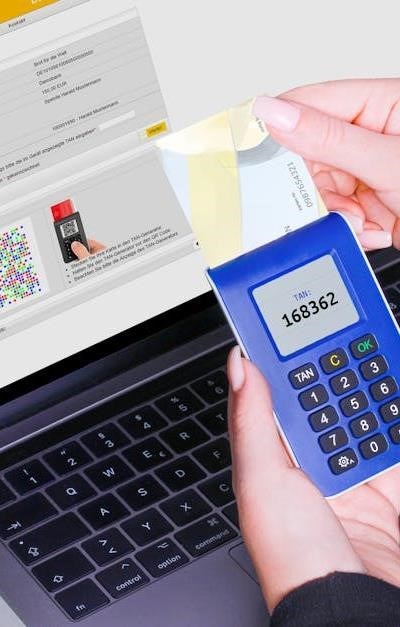
In today’s digital age, online banking security is paramount. Protecting your banking credentials and personal information is crucial to preventing online fraud and identity theft. A strong password is the first line of defense against unauthorized access to your account. This article provides a comprehensive guide to creating and maintaining strong passwords for your online bank account, bolstering your overall account protection and digital security.
Why Password Strength Matters
Weak passwords are easily compromised through methods like brute-force attacks, dictionary attacks, and phishing scams. A data breach at a seemingly unrelated service can expose your reused password, granting hackers access to your bank account. Prioritizing password hygiene is no longer optional; it’s a necessity for cybersecurity and financial security;
Understanding Password Complexity
A strong password isn’t just about length; it’s about complexity. Here’s what constitutes a robust password:
- Length: Aim for at least , but longer is always better.
- Mix of Characters: Include a combination of uppercase and lowercase letters, numbers, and symbols (e.g., !@#$%^&*).
- Avoid Personal Information: Never use your name, birthday, address, pet’s name, or other easily guessable details.
- Avoid Common Words: Don’t use dictionary words, common phrases, or sequential numbers (e.g., “password123”).
The Importance of Unique Passwords
Using the same password across multiple accounts is a significant security risk. If one account is compromised, all accounts using that password become vulnerable. Creating unique passwords for each online service, especially your bank account, is essential.
Leveraging a Password Manager
Remembering numerous complex, unique passwords can be challenging. A password manager is a secure tool that generates, stores, and automatically fills in your passwords. These tools encrypt your passwords, adding an extra layer of account security. Popular options include LastPass, 1Password, and Bitwarden.
Implementing Two-Factor Authentication (2FA)
Two-factor authentication adds an extra layer of security beyond your password. It requires a second verification method, such as a code sent to your phone or email, or a biometric scan. Enable 2FA on your online banking account whenever possible. This significantly reduces the risk of unauthorized access, even if your password is compromised.
Recognizing and Avoiding Phishing Scams
Phishing scams attempt to trick you into revealing your banking credentials or other personal information. Be wary of suspicious emails, text messages, or phone calls requesting your login details. Always access your bank’s website directly by typing the address into your browser, rather than clicking on links in emails. Look for secure login indicators like “https://” in the address bar and a padlock icon.
Password Tips for Enhanced Account Security
- Regularly Update Your Password: Change your password every 3-6 months.
- Monitor Your Account: Regularly review your account activity for any unauthorized transactions.
- Be Cautious on Public Wi-Fi: Avoid accessing your bank account on public Wi-Fi networks, as they are often unsecured.
- Report Suspicious Activity: Immediately report any suspected fraud or security breaches to your bank.
- Educate Yourself: Stay informed about the latest cybersecurity threats and best practices.
What to Do in Case of a Data Breach
If you suspect your account has been compromised due to a data breach, take immediate action:
- Change your password immediately.
- Contact your bank to report the incident.
- Monitor your credit report for any signs of identity theft.
- Consider placing a fraud alert on your credit file.
Protecting your online bank account requires a proactive approach to digital security. By following these password tips and implementing strong security measures, you can significantly reduce your risk of becoming a victim of online fraud and safeguard your financial security.



Excellent article! It
This is a really well-written and concise guide to online banking security! It breaks down the importance of strong passwords in a way that